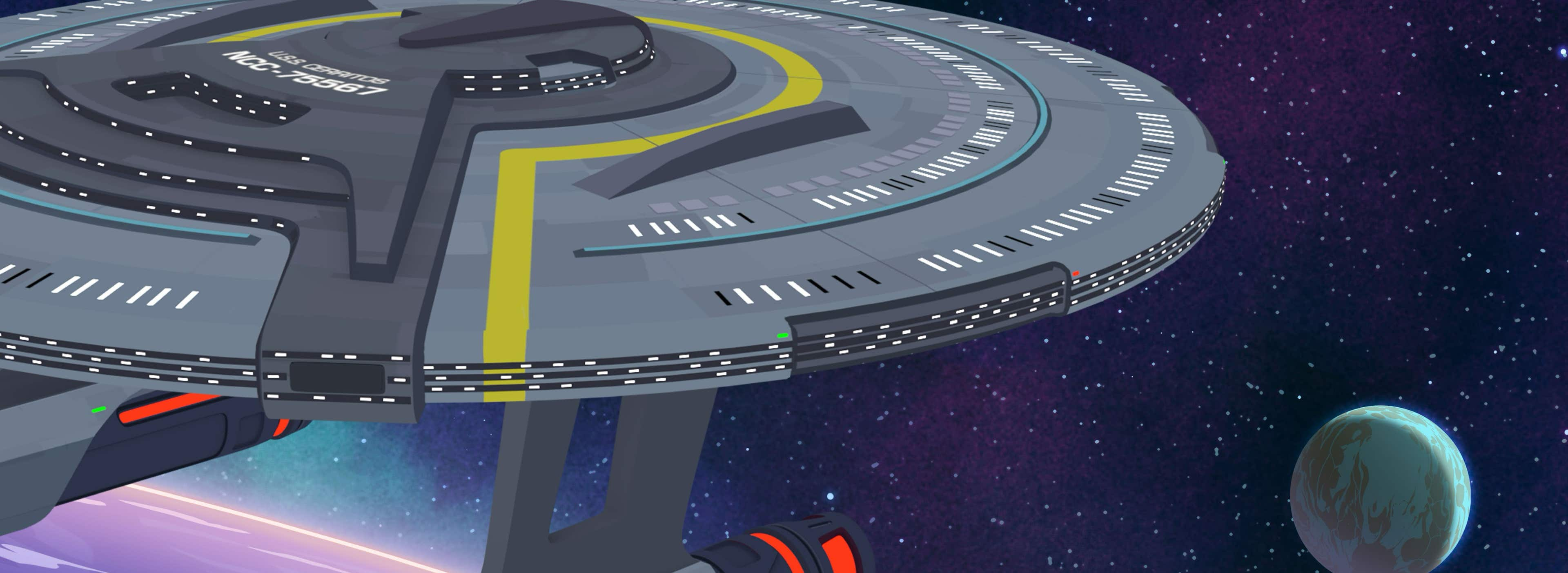
The Ultimate Chronological Star Trek Viewing Guide
0 Episodes and Counting…
Last Updated: September 21, 2025

0 Episodes and Counting…
Last Updated: September 21, 2025
Newly updated - Strange New Worlds Season 3 (2260-2261)
This site is NOT a chronology - it is a viewing guide that will assist you through watching the entire franchise in in-universe story order, all the way from the 21st to the 43rd centuries, while making adjustments as needed to ensure an enjoyable viewing experience. It is not rigid - some episodes are shifted in the order to keep things as clear and fun as possible. The guide is updated regularly to stay current with new episodes.
Primarily Enterprise
2063 • 2151 • 2152 • 2153 • 2154 • 2155 • 2156 • 2161
Primarily Discovery and Strange New Worlds
2230 • 2233 • 2239 • 2254 • 2256 • 2257 • 2258 • 2259
Primarily The Original Series
Primarily The Original Series, The Animated Series, and TOS Movies
2268 • 2269 • 2273 • 2285 • 2286 • 2287 • 2293
Primarily The Next Generation
2324 • 2364 • 2365 • 2366 • 2367
Primarily The Next Generation and Deep Space Nine
Primarily The Next Generation, Deep Space Nine, and Voyager
Primarily Deep Space Nine and Voyager
Primarily Deep Space Nine and Voyager
24th Century, Part 6 - (not yet updated to new interface)
Primarily Voyager and Lower Decks
2376-2382
24th Century, Part 7 - (not yet updated to new interface)
Primarily Prodigy, the Kelvinverse, and Picard
2383-2399
Primarily Picard
Primarily Discovery
3074 • 3188 • 3189 • 3190 • 3191 • 42??
Detailed Methodology of this list
Contains Spoilers!
This site is a labor of love that costs much more than it makes. If it is useful to you, please share it on social media. If you’re feeling extra-generous, use one of my links to subscribe to Paramount Plus, or send me a small donation! Thoughts on this list? Opinions and feedback are always welcome!